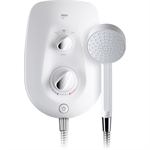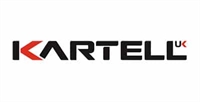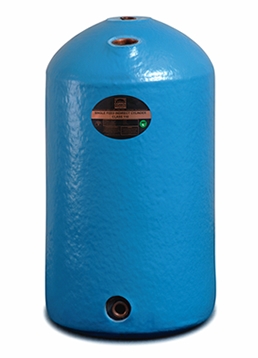First off, you need to ascertain the type of cylinder required for your heating system. This all depends on your boiler type and how you want/need the water heated. Below is a rough description of each type to help you get a better understanding:
Unvented
Unvented Cylinders operate at mains pressure and don’t require a cold feed tank to fill them up.
These cylinders are most commonly associated with System boilers and are the most popular type of cylinder in new builds due to the saved space from the absent cold feed tank.
Vented
Vented Cylinders make use of a cold water feed tank which sits above the cylinder (typically in the loft).
The distance the water has to travel from the tank to the cylinder is what creates the pressure in which the hot water is released with.
Direct
Direct Cylinders heat their water directly using immersion heaters.
These heaters are run off electric, meaning that the cylinder ‘directly’ heats the water within without depending on external appliances (such as a boiler).
Indirect
As the name suggests, Indirect Cylinders heat the water using an external appliance (commonly a boiler or solar installation).
These cylinders contain a coiled tube heat exchanger inside, which is connected to the boiler to receive hot water. Heated water, like the type that is used for the central heating, is passed through this coil.
The hot water the transfers its heat onto the cold water inside the cylinder, giving you your hot water supply.
To conclude, your hot water cylinder should be chosen depending on your central heating system set up and which boiler you have. For example, a traditional setup would typically contain a regular boiler and an Indirect Vented boiler. However, if you wanted to save space, you could opt for a System boiler with an Indirect Unvented hot water cylinder which negates the need for a cold feed tank.
- View all our hot water cylinders .

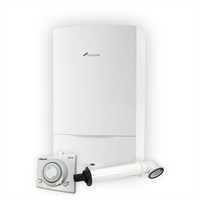
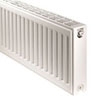
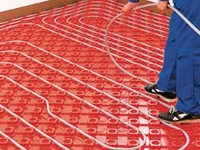
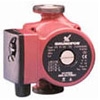

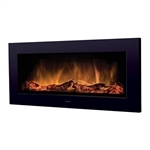
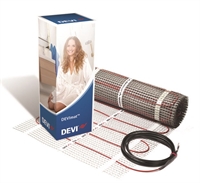


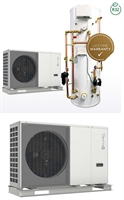
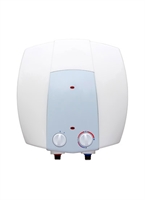
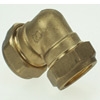
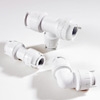
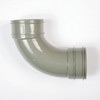

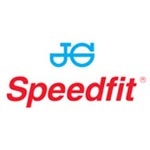

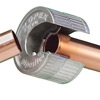
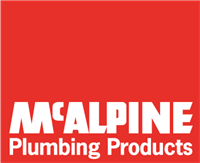



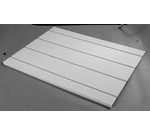
.png)
